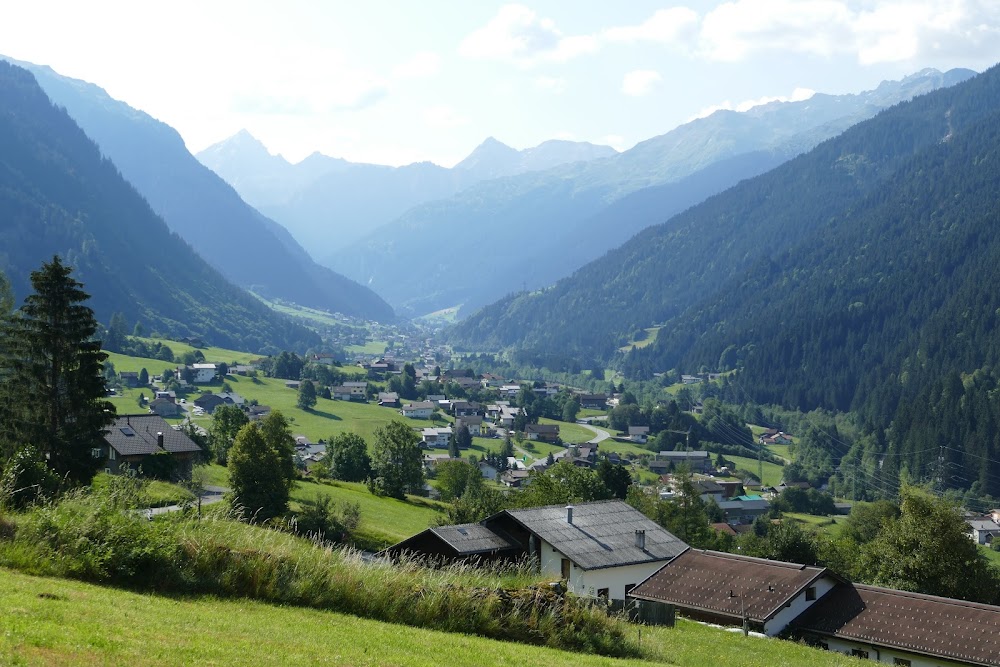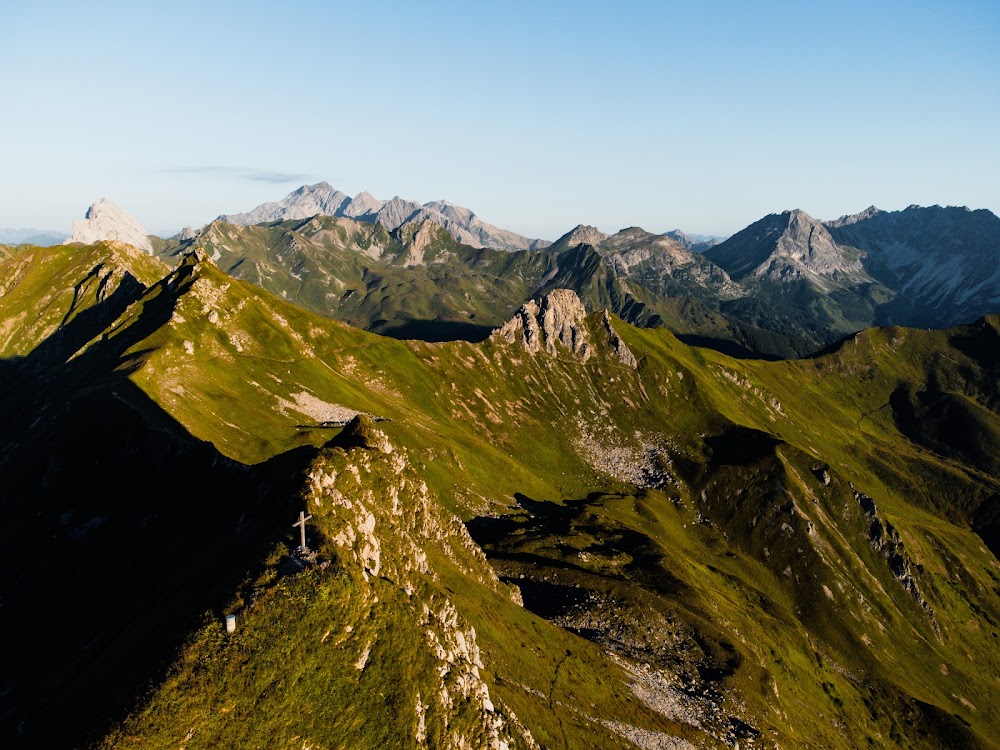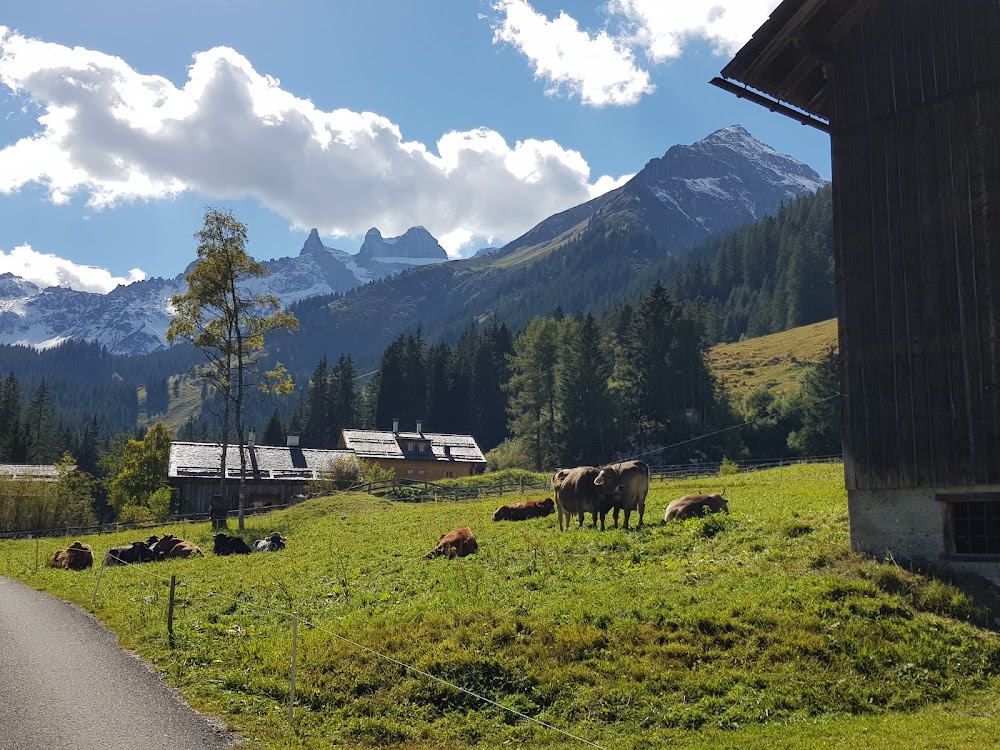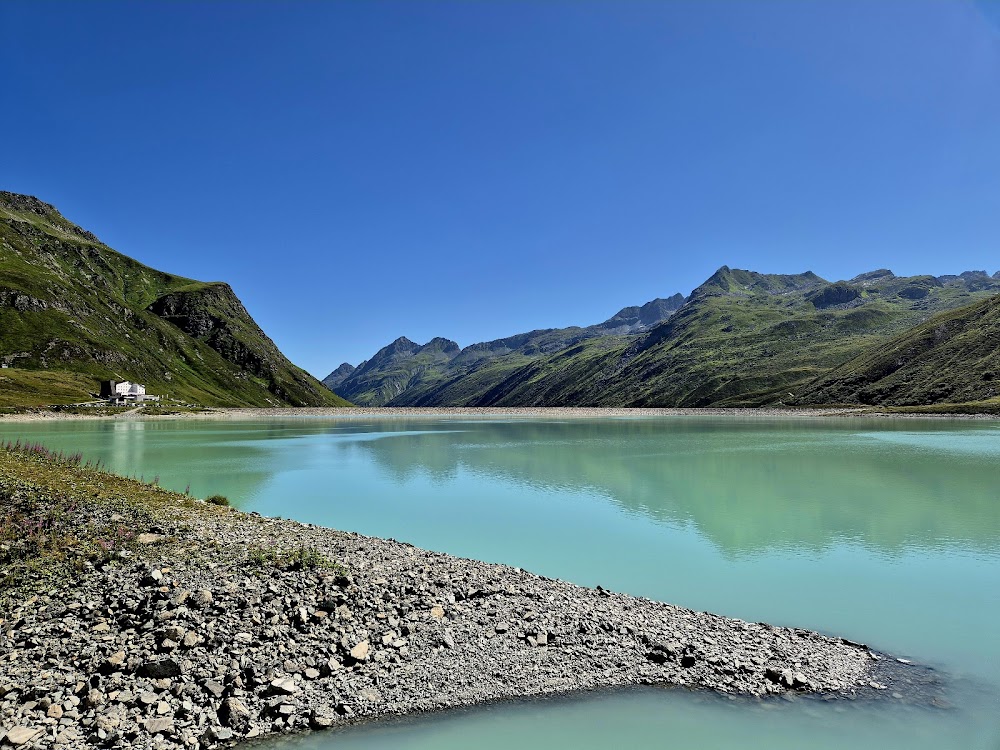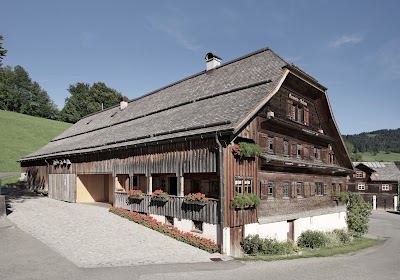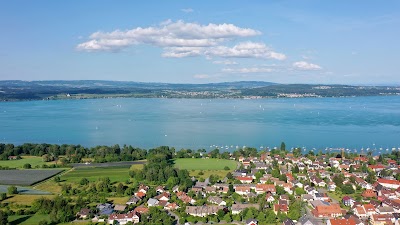Montafon Valley (Montafon)
Overview
Nestled in the western part of Austria lies the picturesque Montafon Valley, a hidden gem renowned for its breathtaking scenery and rich history. Located in Vorarlberg, Austria's westernmost state, the valley is flanked by majestic mountain ranges that create a stunning backdrop year-round. Montafon is celebrated for its charming villages, lush green meadows, and imposing peaks, making it a perfect destination for outdoor enthusiasts and culture seekers alike.
The origins of Montafon date back many centuries, with the valley first inhabited by Rhaeto-Romanic settlers. These early inhabitants thrived on farming and livestock raising, and their influence is still evident today in the local customs, dialects, and architecture. Over the years, Montafon has evolved through various cultural shifts, primarily fueled by migration and trade, which introduced new ideas and lifestyles to its inhabitants.
Montafon’s landscape is a breathtaking blend of natural beauty and human craftsmanship. Glaciers played a pivotal role in shaping the valley, resulting in fertile terrain brimming with biodiversity. Surrounded by the Silvretta, Rätikon, and Verwall ranges, Montafon offers challenging routes for mountaineers and hikers. The Ill River snakes through the valley, providing spectacular vistas and opportunities for water-based activities.
Quaint villages and towns dot the valley, with Schruns being one of the largest settlements and a central hub for both tourists and locals. Here, visitors can enjoy a variety of amenities, accommodations, and historical landmarks. Traditional wooden chalets adorned with ornate balconies and vibrant flower boxes give Schruns and other Montafon villages a storybook charm. Another notable village, Bartholomäberg, is famed for its well-preserved Baroque parish church and its rich mining history.
The economic development of Montafon has historically been tied to its natural resources. Mining, particularly of iron ore and silver, was once a significant industry. However, as these resources dwindled, the valley transitioned into a tourist haven. Since the early 20th century, skiing has become a central attraction, with the establishment of ski lifts and resorts. Today, the Montafon Brandnertal ski area boasts over 297 kilometers of slopes, catering to everyone from beginners to seasoned skiers.
In the summer, Montafon transforms into a paradise for hikers, bikers, and climbers. An extensive network of trails caters to varying difficulty levels, allowing visitors to explore the natural beauty at their own pace. The valley is particularly renowned for the Höhenweg or high path, which offers breathtaking panoramic views that captivate all who traverse it.
Cultural traditions thrive in Montafon, with music, dance, and folklore playing integral roles in local life. Festivals featuring traditional costumes and performances celebrate the valley's rich heritage. Culinary delights are also a highlight, with local specialties such as Käsespätzle (cheese noodles) and Montafoner Sura Kees (a regional sour cheese) offering a delicious taste of the region.
Sustainability and environmental conservation are paramount in Montafon. The Naturpark Montafon was established to protect the valley’s diverse ecosystems and promote sustainable tourism. This natural park focuses on preserving both wildlife and cultural landscapes, ensuring that the valley remains a haven for future generations. Visitors are encouraged to respect and support these conservation efforts, reinforcing a harmonious relationship between tourism and nature.
In summary, the Montafon Valley in Vorarlberg, Austria, is a region steeped in history and natural beauty. From its ancient Rhaeto-Romanic roots to its modern-day status as a premier tourist destination, Montafon offers a unique blend of cultural and recreational experiences. Whether skiing down its snowy slopes in winter or hiking through its verdant trails in summer, visitors will find themselves captivated by the valley’s enchanting allure and enduring traditions.


